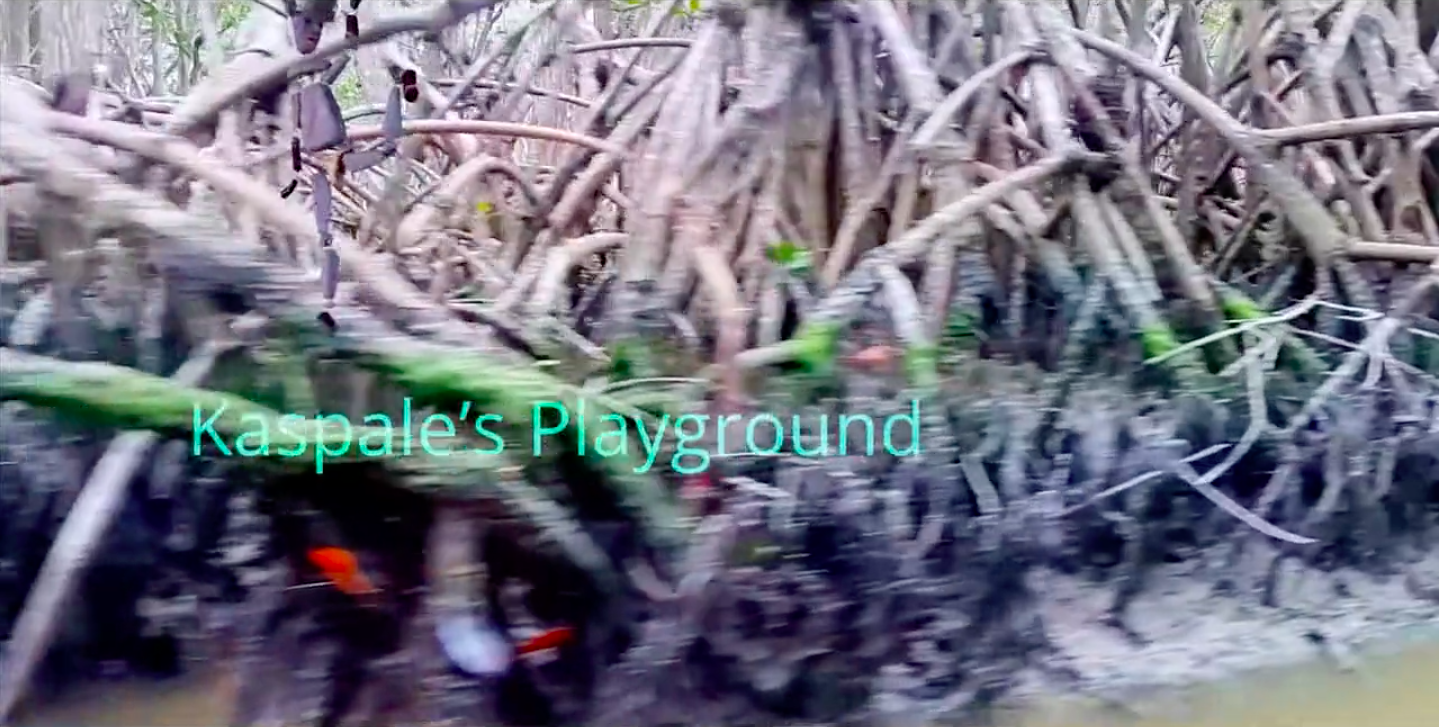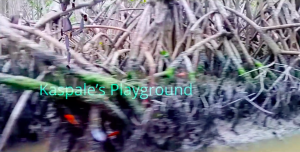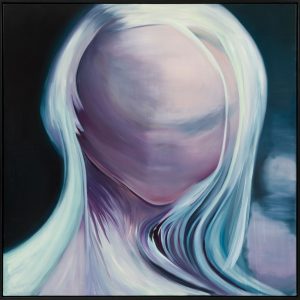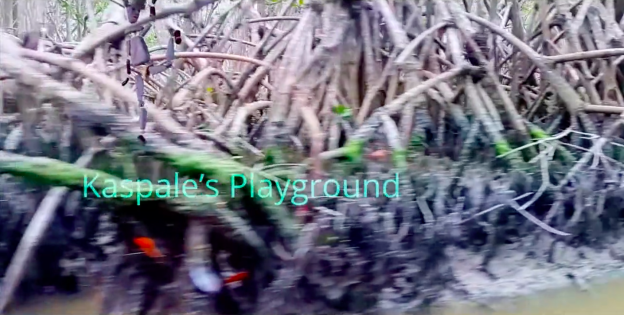
with KASPALE’S PLAYGROUND
a film by SYOWIA KYAMBI
People too must wilt, and for her it was her speech that was the first petal to fall. She functioned in her world as if from the day she was born she decided the type of throne her mind would sit on. She was different from everyone else. She eased her way into our thoughts with a use of language that melted us all into being her disciples. When my mother developed ALS, I remember the way her eyes would watch everyone at the dinner table. This mellowed spark, a loss in being able to play with thoughts. Words. Her language. Her entire self.
It has always struck me as sad to admit that those eyes – that look in her eyes at those dinners—spoke to me in a way that her intellectualizing language never could. They cradled me in a way I remember longing to be cradled as a baby. The feeling I scour these city streets for as an adult. No slicing of the air with language, but sweet tender physical exchange that we all so desperately try to touch with our words. The type of love that makes your heart heavy, fearing its disappearance before it has even made its arrival.
As time moved forward, she slowly began to lose her body. It was running away from her. Her limbs as though all seizing into a world of destruction began working against themselves; the body that had carried her through this world for so many years. She could no longer hum a song, eat, read, or freely express her ever flowing internal monologue.
Watching the clouds pass became the most arduous task. Slowly from left to right, her eyeballs seizing at the inability to escape the constant movement of time.
It was those days when she was losing her identity that I finally got to know her. The small ways she would touch the leaves at the window sill and thank the water that hydrated her before bed. The way her eyes greeted the morning sun and held onto nothing but the wonder of all the things she somehow missed while well.
The days of movement within her organs were coming to closure. I remember thinking that I could see how petrified she was to know so well that all the unspoken words and unexpressed dreams were doomed to be kept locked away within her forever—buried into the ground to sit dormant until one day hopefully helping another flower to grow with the strength that she never could muster.
Perhaps an inefficiency of the soil they planted her in.
Perhaps a lack of watering.
This cycle was reflected with each passing day, each passing minute, as she felt her body leaving her; taking with it all her memories and dreams. It was all being washed away back into the abyss of nothingness, later to be analyzed with words and language. Symbolic symbols that reach with all their might to express an understanding of unspeakable things.
Today I sat at the water and watched as two ships passed by. I prayed for them to crash into each other and cause a wave so big that we would all be engulfed and taken under. Every last one of us; the clouds and blades of grass that taunt me now with their innocence and eagerness to make friends with the sky.
The urgency of these thoughts felt medicinal compared to the slow withering we were all living with for those three years. I began to find comfort in slashing language and heavy handed declarations of nothings.
What I had seen behind that door of loss can never be unseen.
Whether I pluck my eyeballs out or drown in some cloak of denial, somehow it sits with me here; heavy on my chest reminding me every moment of the fleetingness that hums around us.
We forget: Until we don’t; until a flower we loved to be planted next to falls and we are left wondering what would have been if the garden had been different. Bigger or smaller, more shade or more sun.
Met with the simple fact that we may in fact be here only to gracefully touch those growing among us, to thank the water that fuels our soil and to wish the best for those blossoms that are yet to know the fear of what type of storm the clouds will inevitably bring to our gardens.
Time shifts and twirls around us, or perhaps inside of us, and these days I am reminded of how spectacular and special it was to enjoy her; to embrace her and relish in it all.
In our eyes meeting in that silent understanding.
KASPALE’S PLAYGROUND (2019)
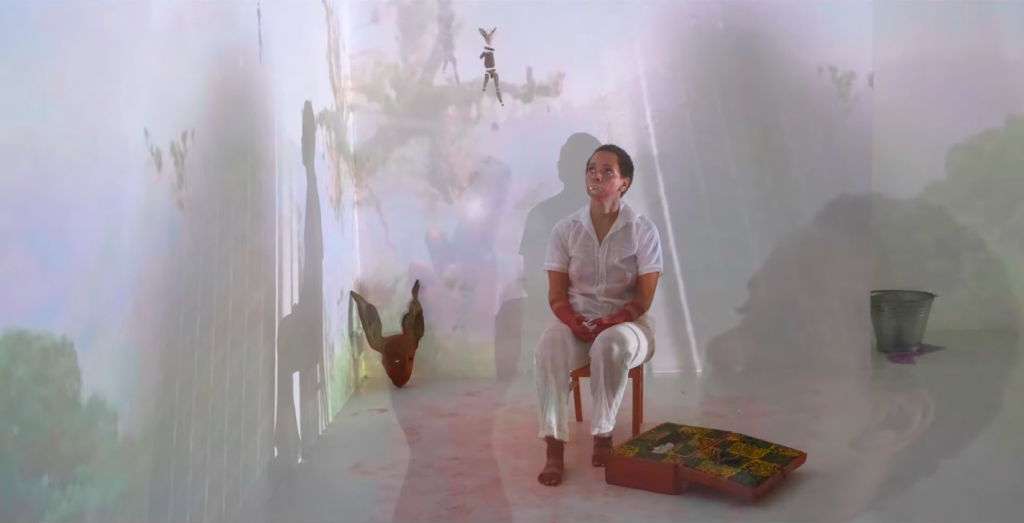
Kaspale’s Playground grapples with public memory, parts of which are not (yet) so public. Revisiting Kenya’s recent history, Syowia Kyambi brings to the fore the many layers of violence that underpinned former President Daniel Toroitich Arap Moi’s twenty-four year rule in Kenya. The work came about as a need to engage with Kenya’s post-independence era and a desire to dismantle a symbol of fear and oppression. The work investigates the oppressive nature of a regime in which Kyambi grew up, and which informed her sense of self during her most formative years. She selected Nyayo House as a focus as it is a strong symbol not only in her memories but also in today’s time. Kaspale’s Playground seeks to publicly claim both the remembering and the telling of this history in ways that are not mediated by a supposed shared national memory. With Moi’s recent passing this history has been white washed and made to appear like a peaceful and unproblematic President. This film is in remembrance of the victims of the Nyayo House torture chambers and honors the power and strength of the mothers involved in the 1992 protest.
Syowia Kyambi, and Kaspale, are also featured elsewhere in Issue 006, as images from Kaspale’s Archive Intrusion, which are presented alongside Breno Luna’s extended essay Brazilian Military Police and the Anatomy of a Necrostate.
MONICA SANBORN writer
Monica Sanborn is fascinated with the tensions between inner and outer worlds and the relationship between art and witness which she examines through performance, writing, dreams, psychoanalysis, and film. She is a Canadian born writer, actor, director and researcher based in Brooklyn, NY, currently enrolled in UCLA’s Professional Program in Screenwriting.
SYOWIA KYAMBI artist
Syowia Kyambi is based in Nairobi and of Kenyan/German origin. Incorporating photography, video, drawing, sound, sculpture, and performance installation, Syowia’s approach takes aim at the politics of the time as well as its legacy today. What is remembered, what is archived, and how we see the world anew. She is an alumnus of the School of the Art Institute of Chicago (BFA) and the Transart Institute (MFA). Her works include a permanent commission Infinity: Flashes of the Past for the Nairobi National Museum (2007), and an ephemeral performance installation What’s Wrong Dear Jane for the Kenyan Art Fair (2014).
© Copyright for all texts published in Stillpoint Magazine are held by the authors thereof, and for all visual artworks by the visual artists thereof, effective from the year of publication. Stillpoint Magazine holds copyright to all additional images, branding, design and supplementary texts across stillpointmag.org as well as in additional social media profiles, digital platforms and print materials. All rights reserved.
